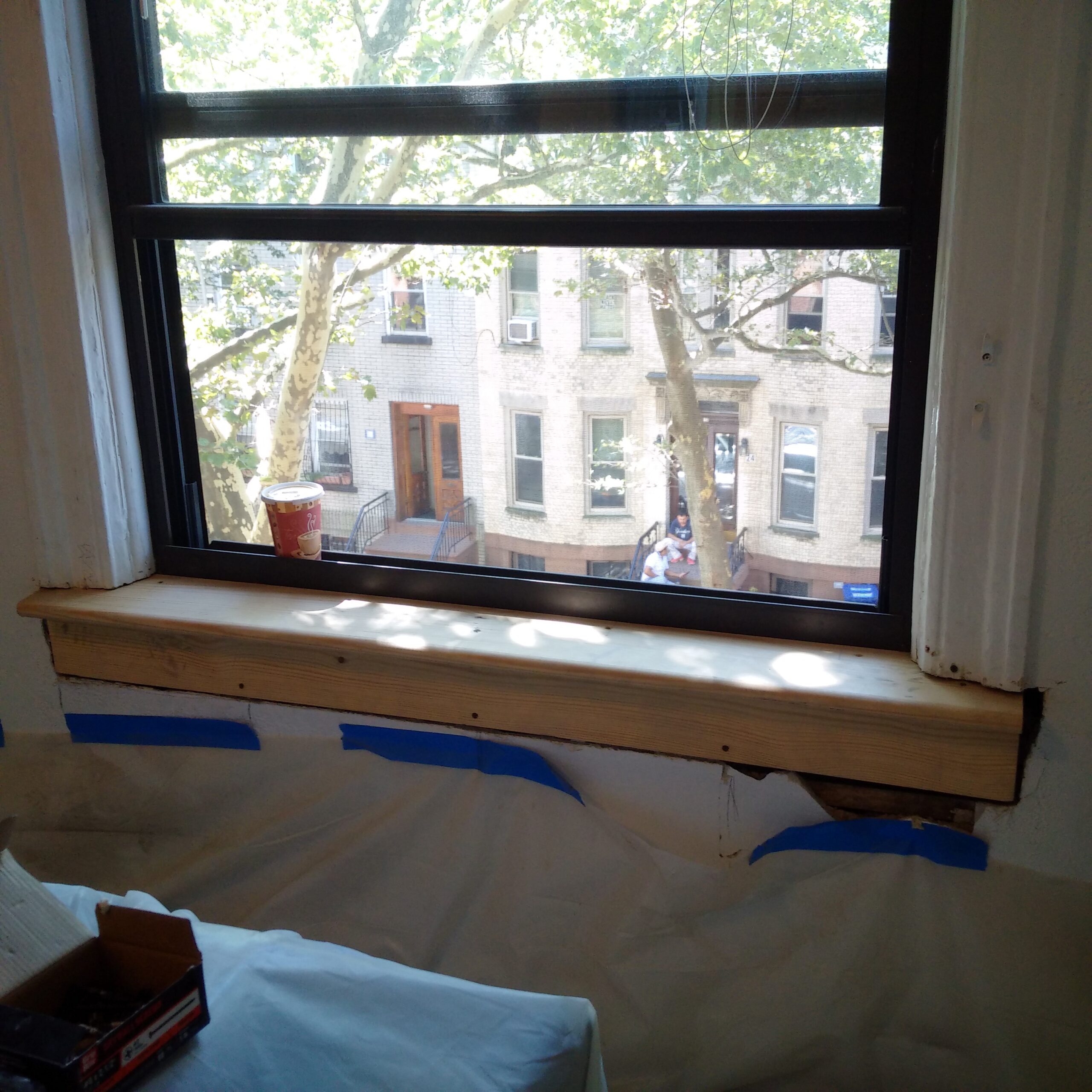Lead Removal Contractors-- Knowledgeable Professionals for Lead Reduction
Lead Removal Contractors-- Knowledgeable Professionals for Lead Reduction
Blog Article
Comprehensive Overview on Effective Lead Infraction Removal Methods
In the realm of ecological security, dealing with lead offenses demands a meticulous and organized method. This thorough overview begins by highlighting the essential preliminary steps of determining lead hazards via advanced analysis and testing approaches. The guide specifies on the importance of sticking to stringent safety and security protocols throughout the elimination process, consisting of the use of appropriate PPE and isolating impacted locations.
Identifying Lead Hazards
Recognizing lead dangers is a crucial first action in reducing the threats connected with lead exposure. Lead, a poisonous steel, can be present in numerous environmental mediums, including paint, soil, water, and dirt.
The preliminary phase in identifying lead dangers entails understanding typical lead resources within the constructed setting. Frameworks developed prior to 1978 are particularly prone as a result of the common usage of lead-based paint during that period. In addition, soil contamination can occur from degrading outside paint, industrial discharges, or historical use leaded gasoline.
Another substantial resource is lead piping and pipes fixtures, which can leach lead right into drinking water. Customer products such as playthings, porcelains, and imported items might likewise contain hazardous lead degrees. Especially, work-related environments and pastimes entailing lead can track pollutants into homes.
Assessment and Testing
When dealing with lead risks, efficient assessment and screening are vital. Preliminary evaluation usually includes a visual inspection to determine prospective lead sources, such as degrading paint or polluted dust.

Dirt clean tasting is one more vital technique, particularly in residential setups. By gathering examples from floors, windowsills, and other surfaces, this technique supplies understandings right into prospective exposure dangers. Furthermore, dirt testing around building borders is important to find lead contamination that could position hazards, especially to children.
Safe Removal Treatments
Upon completing complete assessment and screening, implementing risk-free removal procedures is the next critical phase in dealing with lead dangers. This process makes sure that lead-contaminated materials are efficiently and securely removed, decreasing risk to both employees and locals. The initial step involves isolating the affected location using plastic sheeting and proper securing methods to stop the spread of lead dirt.
Employees need to don suitable personal protective devices (PPE), including respirators, handwear covers, and disposable coveralls, to alleviate exposure. Utilizing specialized devices and damp techniques, such as damp sanding or utilizing HEPA-filtered vacuums, lowers the dispersion of lead fragments. It is vital to prevent dry sanding or unpleasant blasting, as these approaches can create dangerous lead dirt.
Garbage disposal is another crucial element; all polluted materials must be safely nabbed and classified according to EPA and neighborhood guidelines. Furthermore, complete cleansing of the work area with HEPA vacuum cleaners and damp cleaning makes sure the elimination of residual lead particles.
Post-Removal Confirmation

Verification of successful lead removal, known as post-removal verification, is critical to guarantee the safety and habitability of the remediated location. This procedure includes a collection of meticulous evaluations and examinations created to visit detect any residual lead particles that might pose health and wellness dangers. The preliminary action usually consists of an aesthetic assessment to evaluate the conclusion and quality of the remediation work. This evaluation makes sure that all well-known sources of lead have been attended to which no noticeable signs of contamination remain.
Complying with the visual evaluation, environmental sampling is conducted. This includes collecting dirt, dirt, and sometimes water samples from the remediated area. Approved labs examine these samples to gauge lead degrees, guaranteeing they drop listed below the safety and security thresholds established by regulative bodies such as the Environmental Defense Firm (EPA)
Additionally, air high quality screening may be executed to identify air-borne lead fragments, especially in cases where extensive lead-based paint removal or remodelling has actually taken place. The results of these examinations provide measurable information validating that the lead levels are within permitted restrictions.
Ultimately, find out this here post-removal verification acts as a critical checkpoint, confirming the efficiency of the lead reduction efforts and safeguarding the health and wellness of owners and visitors.
Preventive Measures and Maintenance

An essential safety net includes using lead-safe certified service providers for any kind of renovation, repair, or paint tasks. These specialists are learnt practices that lessen lead dust and debris. Furthermore, maintaining painted surface areas to prevent chipping or peeling is crucial, as weakening paint can launch lead fragments right into the atmosphere.
Educational initiatives targeting building proprietors and tenants relating to the threats of lead Lead Removal Contractors and the relevance of reporting any potential dangers can better enhance precautionary initiatives. Routine cleaning using HEPA vacuums and wet mopping methods can significantly decrease lead dirt buildup.
Conclusion
In recap, effective lead offense elimination requires a thorough approach encompassing complete assessment, precise testing, and rigorous elimination procedures. Ongoing inspections and maintenance are vital to mitigate future lead hazards, consequently securing public wellness and making sure continual compliance with regulatory needs.
Report this page